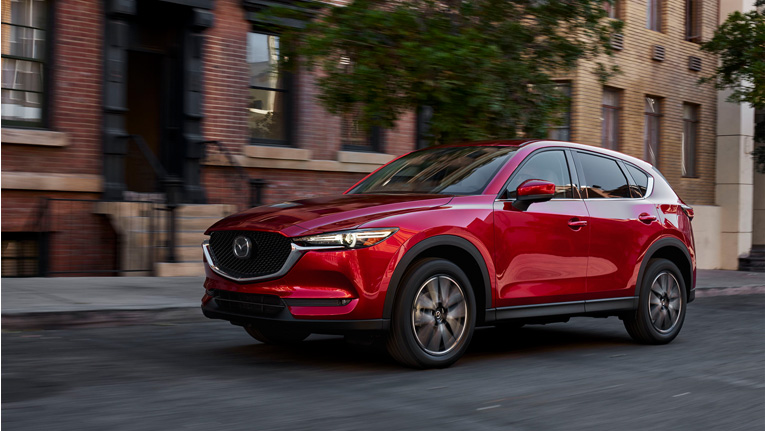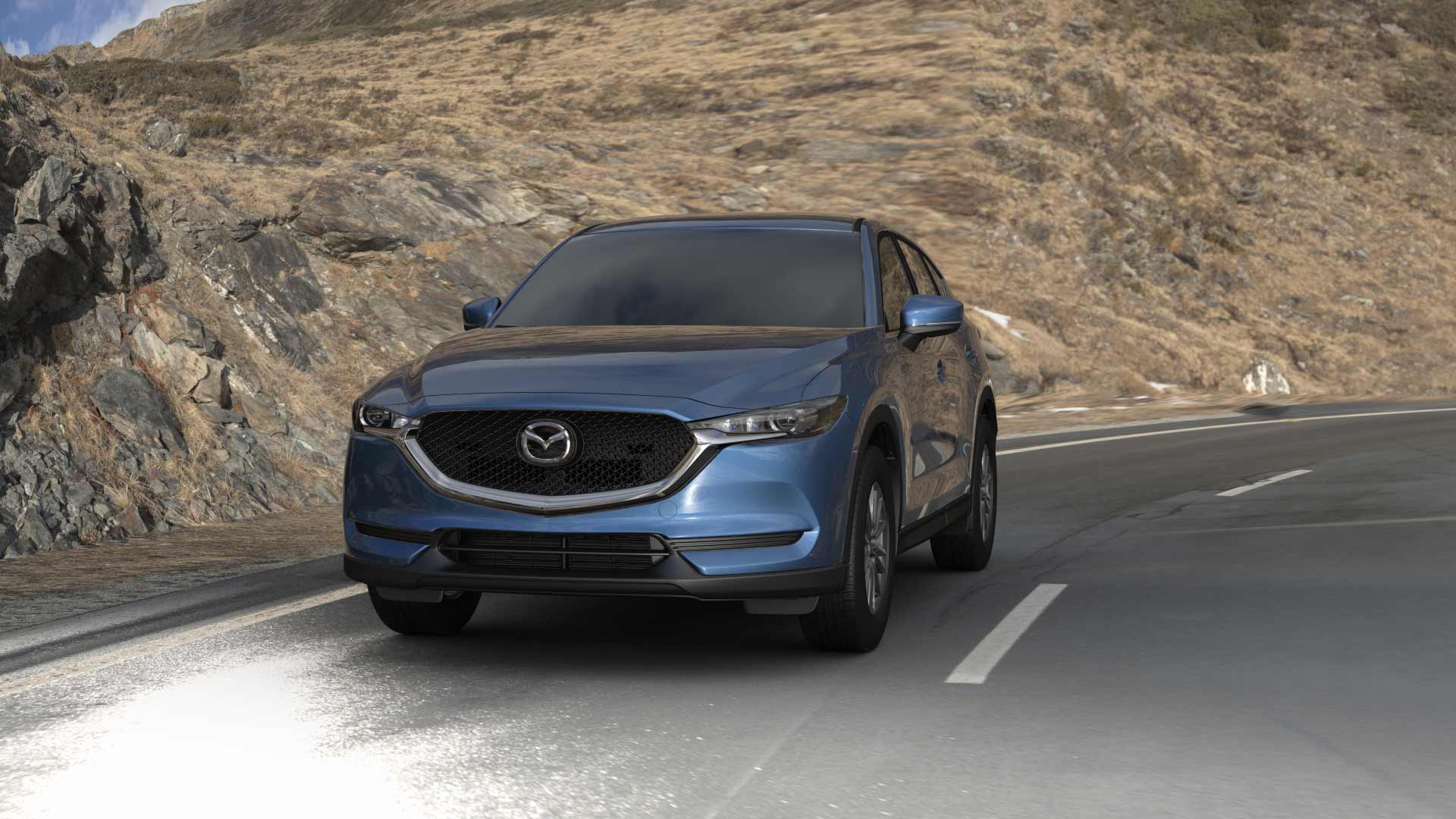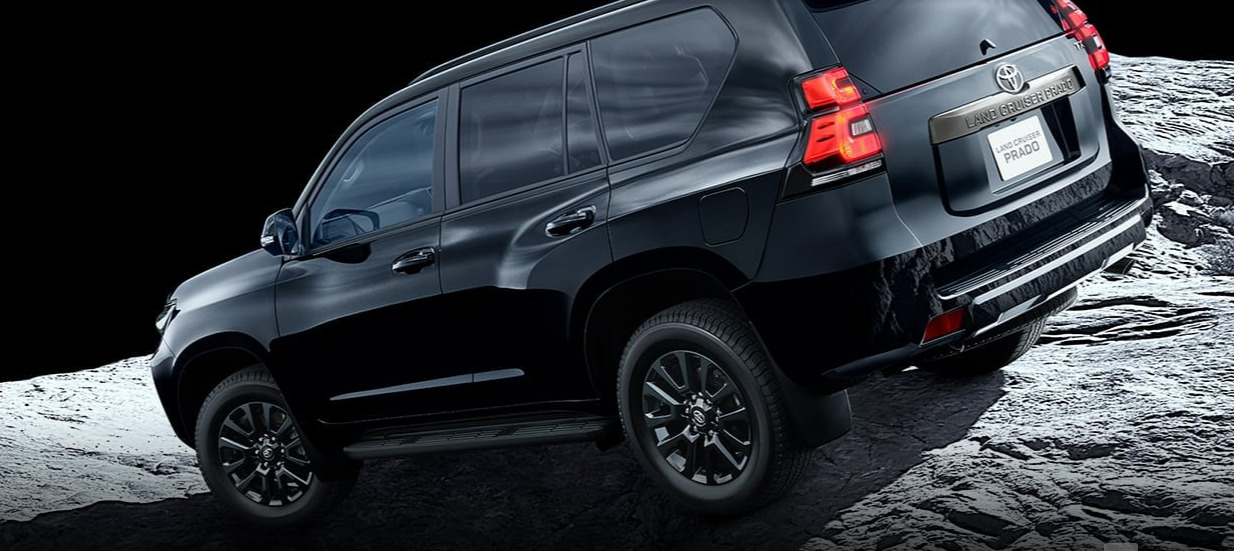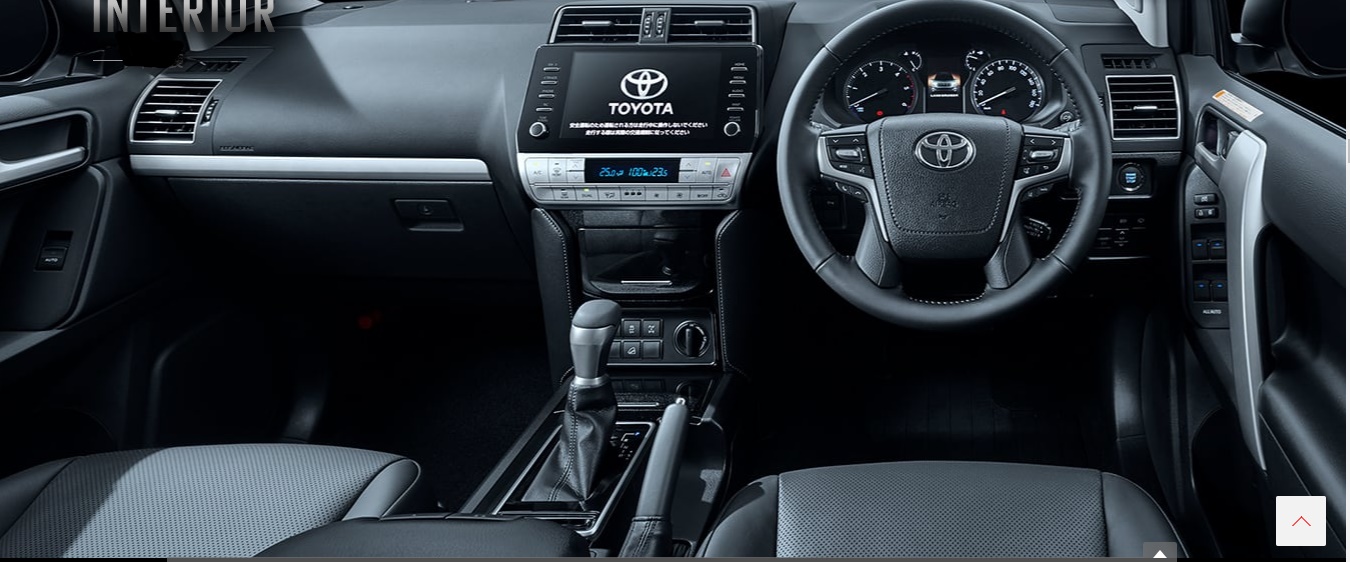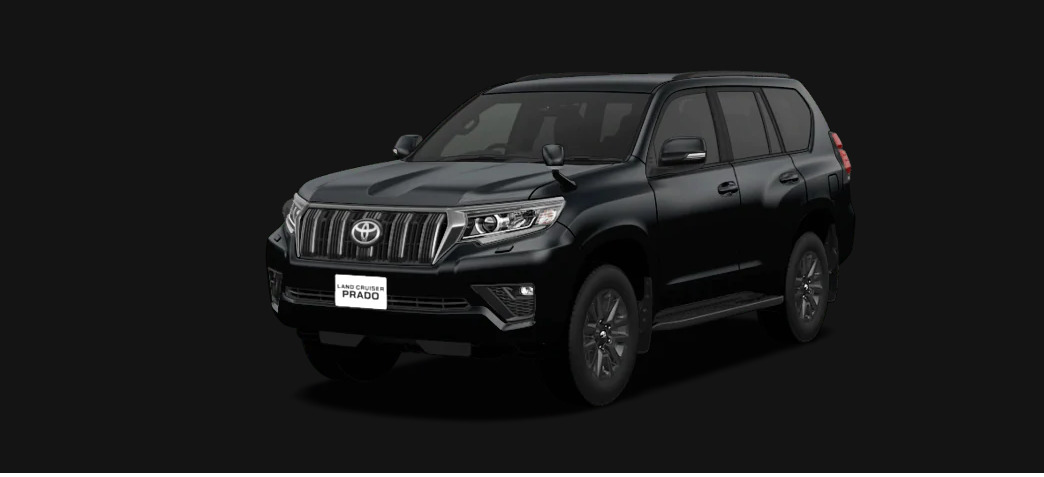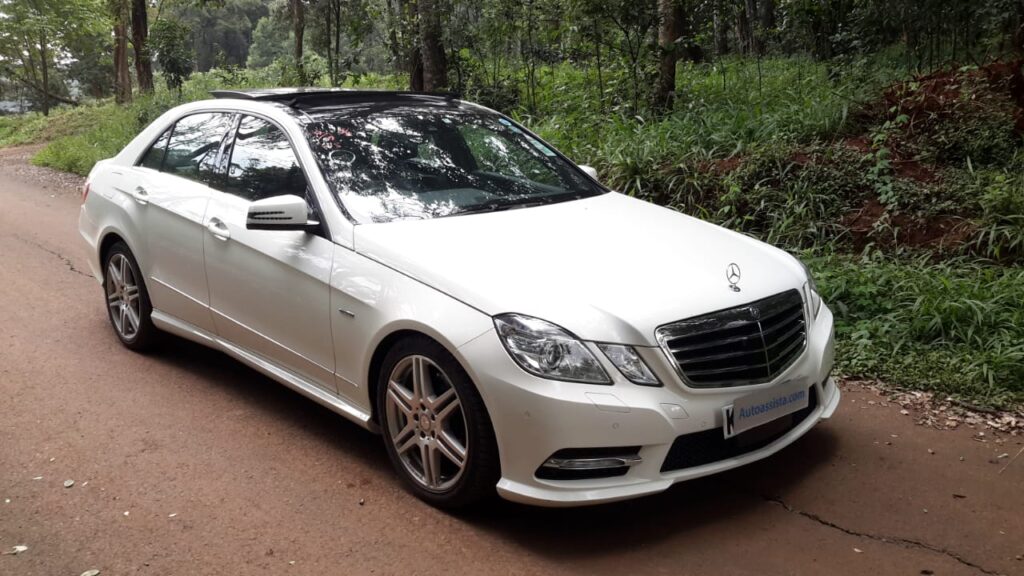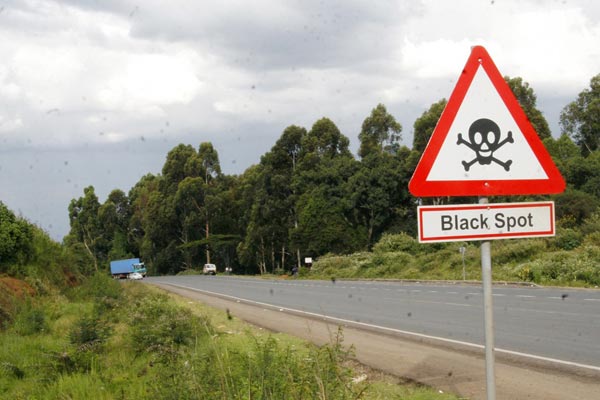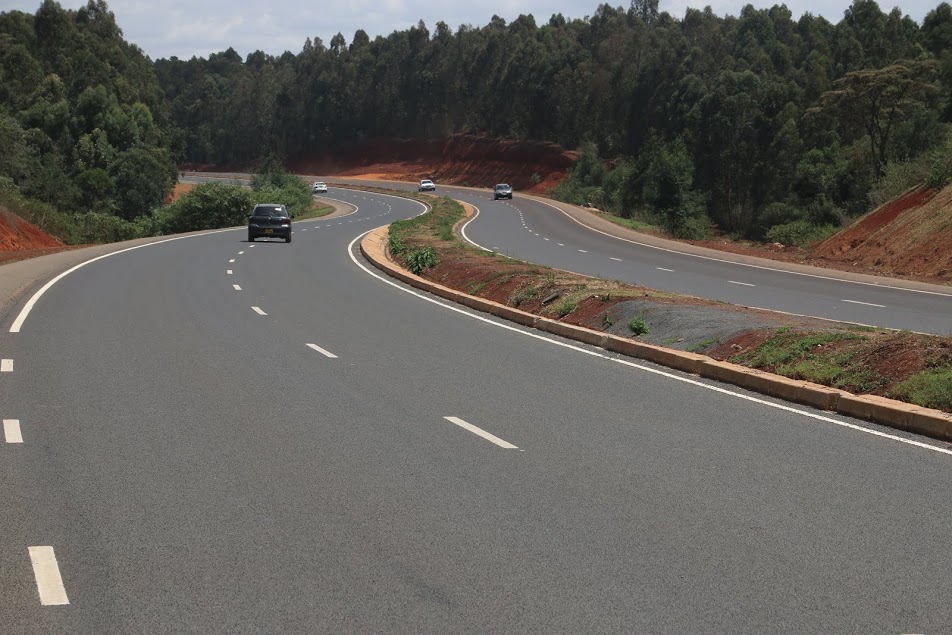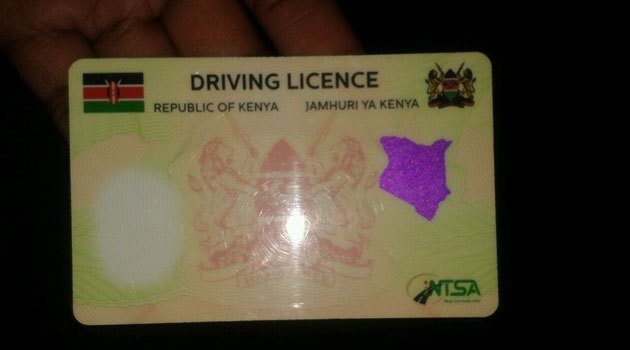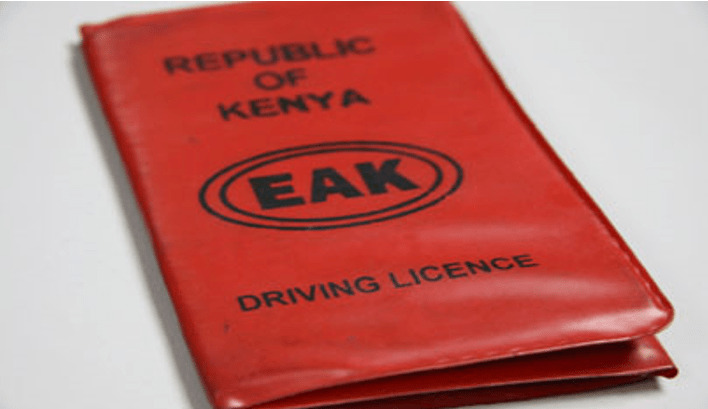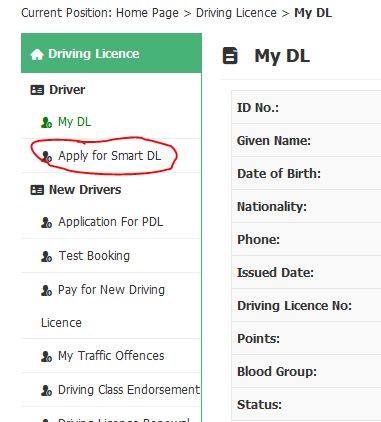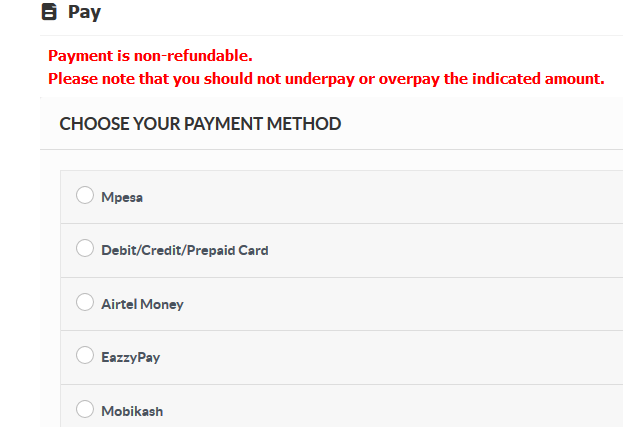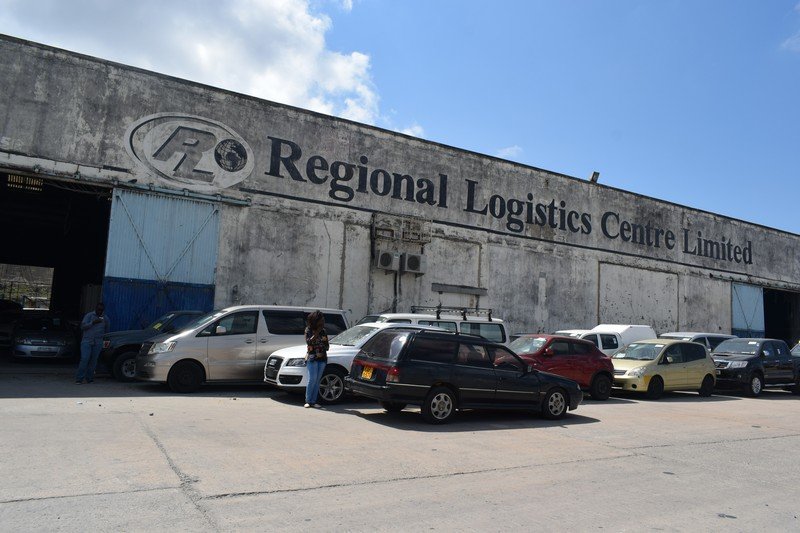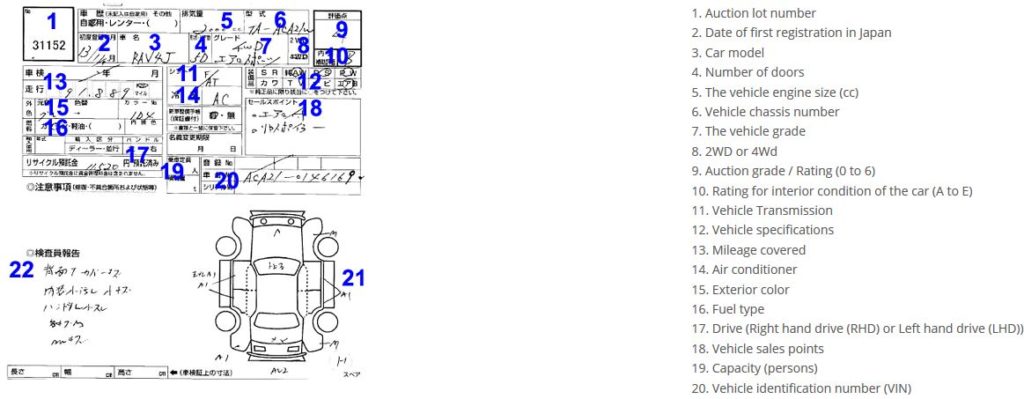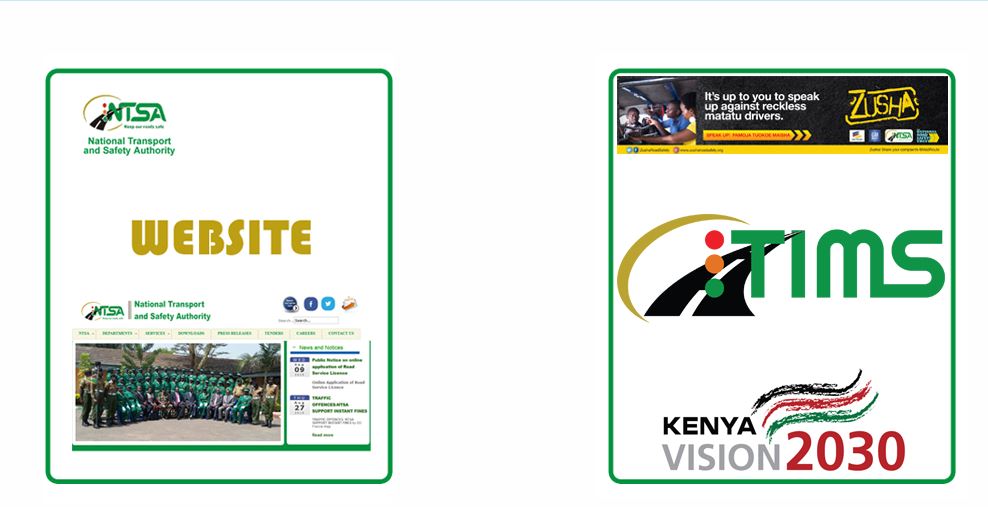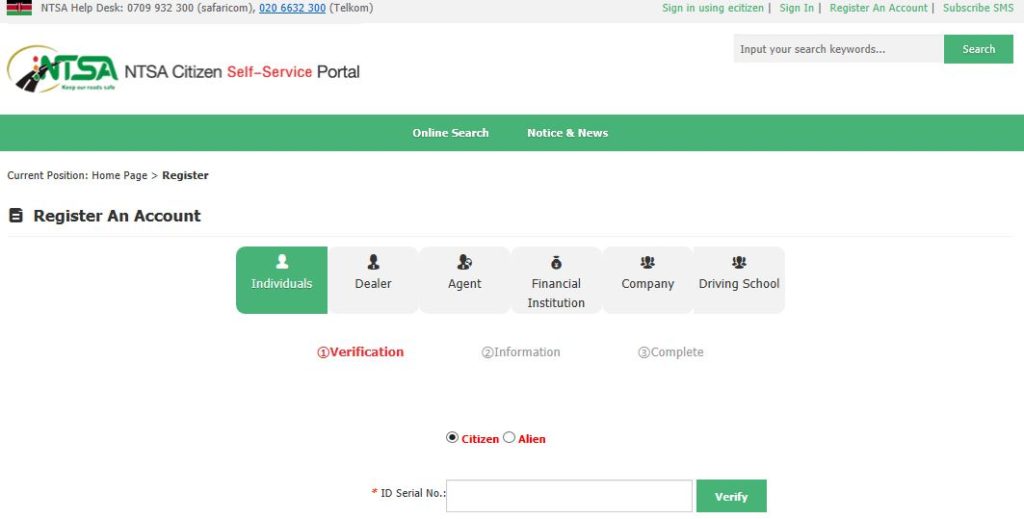Once you have decided to purchase a car, one of the most difficult decisions you have to make is whether to import or buy one locally. The biggest question on your mind at this point is, ‘what will I gain or lose either by buying locally or importing?” As car dealers, we understand that each option has its advantages and disadvantages, but we acknowledge that in the end, you should go with what works best for you. It does help, however, to have all the information. In this article, we hope to make your decision simpler by discussing the merits and demerits of importing a car or buying one locally.
What are the Advantages of Importing a Car from Japan?
Importing a car from Japan has numerous advantages, some of which include:
A Large Pool of vehicles to choose from
When you import your car from Japan, you will benefit from the availability of thousands of cars in the auctions. This means that you can get a car fitting your specifications, such as make, model, color, mileage, interior, and most importantly, price. This is unlike at a local yard where you might have to choose between four of five vehicles of the model you want.
Value for your money
Countries like Japan have well-maintained roads and carefully used vehicles. Even if you import a 7-year-old vehicle, it is likely to be in superb condition. This means that you can even import a vehicle with slightly higher mileage for a lower price and still end up with a car that will serve you diligently for several years.
A smooth Buying Process
Buying a car locally can be a tedious process, especially when you are looking for particular specs. This is because you will have to move from one yard to another while making a million calls in between. Why not save that energy and import? When you use a reliable import agent, they will do all the work of finding the right car for you, including shipping, clearing, and registration. All you have to do is pay and sit back and wait for your vehicle to arrive without any hustles.
Latest Number Plate
When your car arrives at the port of Mombasa, it will be registered as a new car by the NTSA. This means that you will get the latest number plate on the road. You can also book (at an extra fee) for a special number plate, such as triple letters.
Whole History of the car
The Japanese are stringent in their car inspections. Every car available in the auction has an auction sheet. The auction sheet gives the history and the general condition of the car. Once a car is imported from Japan, you can have it physically inspected and find that it matches exactly what was in the auction sheet.
Genuine Mileage
The auction sheet also outlines the mileage of the car. The mileage is genuine and verifiable by using the chassis number to check once the car has been purchased and inspected by QISJ or other bodies contracted by KEBS.
Cars with Unique Features
With the auction having a large pool of vehicles, one can choose a car with extras that they admire, think of things like a roof rail, fancy lights, unique colors, etc.
Are there any Disadvantages to Importing a Car from Japan?
Like everything else, importing does have some angles that might be considered disadvantageous, depending on where you stand. Some of them are:
You may have to wait longer
To import a car from Japan takes around 6-8 weeks. If you want your car immediately, the waiting period might put you off.
It may cost slightly more
Sometimes importing can be considered expensive compared to buying a car locally. This mostly happens due to exchange rate fluctuations. Similarly, low mileage cars will be more costly than high mileage cars.
There could be Unforeseen Delays
The car import process takes around 45-60days, but there could be other unforeseen delays. These mainly happen at the port of Mombasa, either with KRA or NTSA systems. Occasionally there have been challenges with the availability of physical number plates.
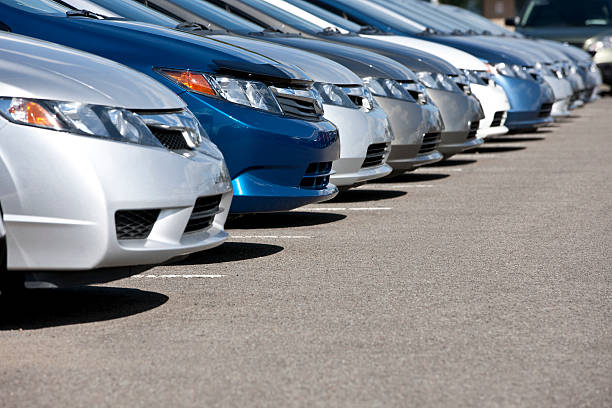
What are the Advantages of Buying a Car in the Local Car Yards?
Immediate Purchase
When you realize that you don’t have bread in the house and you need it for breakfast, all you have to do is rush to the local kiosk or supermarket to get one. You will find bread from different companies on the shelves, and you will settle for the one you prefer. The point is, your need is satisfied immediately, which is similar to buying a car locally. If you need a car in a hurry, all you have to do is visit various car yards and pick one.
Physical Inspection
When you import a car from Japan, you will rely on an auction sheet to give you information on the car. When the car is locally available, you will walk into the yard or showroom to look at the car. You will be able to touch it, feel it and even test drive it.
Ability for Comparison
There are thousands of yards in Kenya, most of them located in Nairobi and Mombasa and set closely together. This gives you a perfect chance to ‘window shop.’ If what is found in one yard does not appeal to you, you can shop in other yards until you find what you are looking for.
Import Financing
The majority of the banks or financial institutions in Kenya prefer to finance cars already in the country. Buying a car from a local yard means that you can secure bank finance quickly, compared to the process of importing.
Are there any Disadvantages to Buying a Car from the Local Yards?
The Mileage Question
Well, not everyone you deal with will be above board, and some unscrupulous dealers may alter the odometer to make a car look more attractive. A car could have a genuine mileage of 180,000km, but someone may be tempted to rewind it to 80,000km to make it more marketable. Unfortunately, it may be difficult to verify mileage in a car that is already here. With an imported car, it is easier to know the car’s genuine mileage using the chassis number.
History of the car
When you intend to purchase a car, you move from one yard to another, looking for something that will suit your specifications. Once you find exactly what you want or something close to it, then you make an offer. But face value only does not give you the history of the car. Even an accident repaired car may look good to you.
Expenses
A car in the yard needs to be maintained to be in good condition once you come to view it. The yard may incur extra costs related to this, including security, buffing and cleaning costs, etc. Sometimes these service costs are transferred to the customer.

